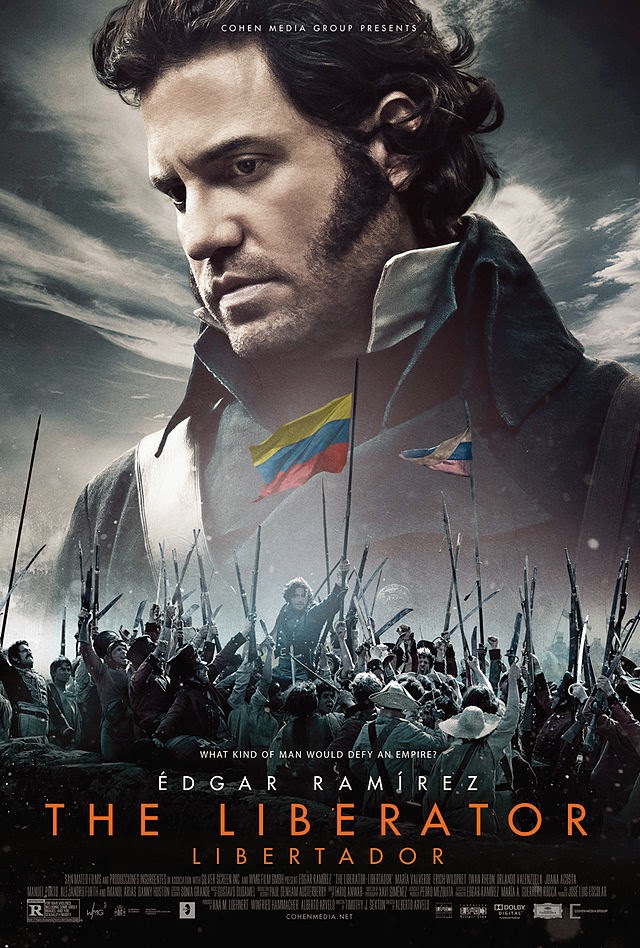This year, the Oscar has “Wings,” “The Great Ziegfeld” is back, “Birdman” is “The Artist” of the season, and the “Midnight Cowboy” of the decade.
The existentialist, hypnotic, dark comedy, masterfully directed by Alejandro G. Iñárritu (“Amores Perros,” “Babel”) stands apart from his recurrent topics: violence, emptiness, immigration, human exploitation, but death. Death is obsessively present in every work done by Iñárritu.
Divided into three acts, like in a theater play, “Birdman” tells the story of a lonely falling star who, years ago, after playing an iconic superhero, made the wrong decisions in Hollywood. Now, the only way to visualize his comeback is by producing, directing, and performing his play on Broadway: “What We Talk About When We Talk About Love.”
The actor’s fading fame, divorce, age, daughter’s rehab, economic situation, and the lies of other actors made him struggle for survival.
The actor’s fading fame, divorce, age, daughter’s rehab, economic situation, and the lies of other actors made him struggle for survival.
Broadway is a jungle where everyone devours each other - actors, agents, lawyers, family, the public, and critics (remember the critics).
From the beginning, his “larger-than-life” Alter Ego plays “Funny Games” with him, making him behave differently, out-of-the-ordinary, and so crazy that people in the audience laugh: “You are Birdman; you are a God.”
To have his glorious return to the stage, the starving actor Reagan Thomson, played by Michael Keaton (“Batman,” “Speechless”), must be “nice” to everyone, including himself. The situations in life will come up pretty rough on him.
“Birdman” is a pendulum that swings from long discussions to long silences— the player is always trying to find what really matters in life.
“No need for drugs when you are already emotionally high.”
Antonio Sanchez’s strident drum score is jazzy, rhythmic, and sometimes a “wild mambo.” Towards the end, the drums become dissonant and chaotic, enhancing the story to total madness with an unexpected resolution.
Directors, actors, cameramen, editors, and the sound department must hit their marks to make the story flawless. Their moves have to flow perfectly, like the choreography of “The Swan Lake.”
Let’s not forget the special effects, which come out of nowhere and are unique.
 |
| Birdman mural at the Arclight in Hollywood. Photo by Jose A. Hermosillo. Copyright ©2014 FestivalinLA |
Technically and symbolically, “Birdman” is structured in three parts (first rehearsal, dress rehearsal, and preview). Those parts are interconnected by the complicated long takes that follow the characters through the long hallways inside the theater and sometimes out to the streets.
Director of photography Emmanuel “Chivo” Lubezki (“Gravity,” “A New World,” “Tree of Life”) knows his craft and can challenge himself by using the same continuous “long takes” as the one he used inside the building of Cuarón’s “Children of Men,” only that in “Birdman” it repeats many times. The Academy Award® winner, cinematographer, is one of the best of his generation - Chivo is likely to win the Award for the second year in a row.
 |
| Copyright © 2014 Fox |
 |
| Copyright © 2014 Fox |
Javier Bardem, working with Iñárrit,u got an Oscar nomination in 2010 for “Biutiful,” and now Keaton will most likely get an Oscar nomination for his magnificent performance in “Birdman.” He is the front-runner to win gold.
Edward Norton, always controversial, his powerful presence ignites the big screen with fire.
Zach Galifianakis’ performance is the best of his career. Emma Stone is superb and represents a new generation of Hollywood’s great young actors. Everyone is just fantastic.
“Birdman, or (The Unexpected Virtue of Ignorance)” deserves multiple nominations and awards, a simple story in a complex movie that aspires to perfection.
Zach Galifianakis’ performance is the best of his career. Emma Stone is superb and represents a new generation of Hollywood’s great young actors. Everyone is just fantastic.
“Birdman, or (The Unexpected Virtue of Ignorance)” deserves multiple nominations and awards, a simple story in a complex movie that aspires to perfection.
Related Articles:
Copyright © 2014 Festival in LA




































